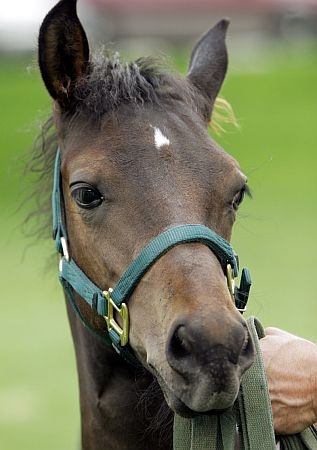 What do Randall Lineback cattle, Monarch butterflies and the White Whale fossil have in common? They and many other rocks, vegetables and animals are all official Vermont state symbols. We look into the quirky landscape of state symbols and what they tell us about Vermont and its history with Greg Carpenter, a Swanton teacher who has done extensive research into the topic for his upcoming book, "What Makes Vermont Special." Carpenter says state symbols tell the story of our economic and cultural life, and reveal a bit of Vermont history as well.
What do Randall Lineback cattle, Monarch butterflies and the White Whale fossil have in common? They and many other rocks, vegetables and animals are all official Vermont state symbols. We look into the quirky landscape of state symbols and what they tell us about Vermont and its history with Greg Carpenter, a Swanton teacher who has done extensive research into the topic for his upcoming book, "What Makes Vermont Special." Carpenter says state symbols tell the story of our economic and cultural life, and reveal a bit of Vermont history as well.
Also in the program, requiring vaccines. Dartmouth-Hitchcock Medical
Center recently announced that its employees would be required to get
flu vaccines, which inspired us to ask how public health and personal
choice intersect. We talk with Mark Pendergrast, author of "Inside The
Outbreaks" about the effectiveness and controversy of some vaccines.
Vermont state symbols:
State Amphibian: Northern Leopard Frog
State Animal: Morgan Horse
State Beverage: Milk
State Bird: Hermit Thrush
State Butterfly: Monarch Butterfly
State Fish: Brook Trout (cold water) and Walleye Pike (warm water)
State Flavor: Maple
State Flower: Red Clover
State Fossil: White Whale
State Fruit and Pie: Apple
State Gem, Mineral and Rock: Grossular Garnet, Granite, Marble, Slate and Talc
State Insect: Honeybee
State Heritage Breed of Livestock: Randall Lineback Cattle
State Reptile: Painted Turtle
State Soil: Tunbridge Soil Series
State Song: "These Green Mountains" by Diane Martin and Rita Buglass
State Tree: Sugar Maple